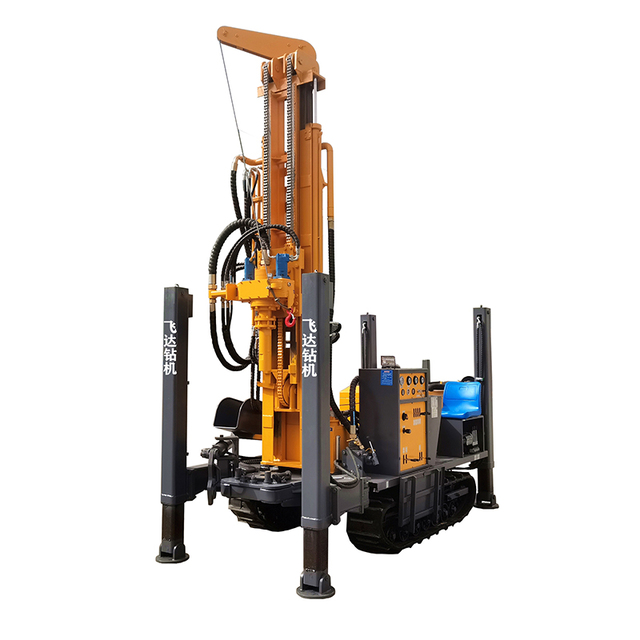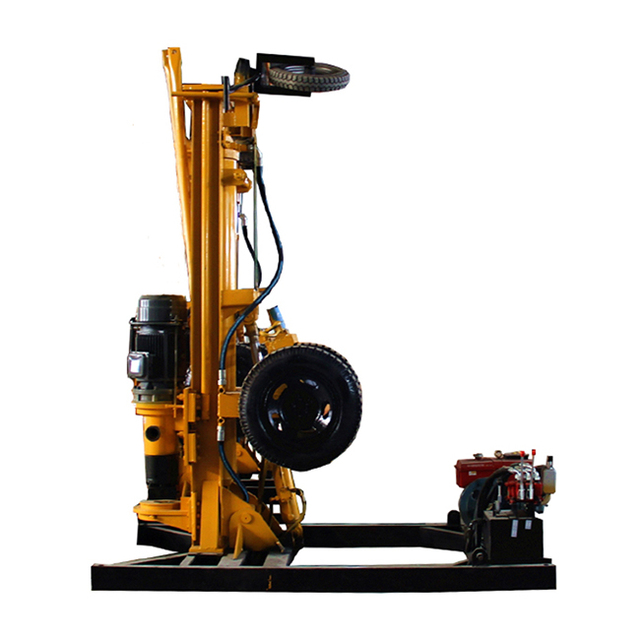water drilling well
With human lives and the environment dependent on it, water is one of life’s most valuable commodities, yet this precious resource is currently out of reach for two billion people around the world. The World Health Organization (WHO) has highlighted safe and clean water as a growing concern for many communities in its reports.
To quench thirst and meet various needs, water drilling wells provide a reliable avenue for tapping into clean and safe water reserves. By excavating deep into the ground, the water table is tapped and safely pumped to the surface. The upsurged liquid can then be stored in tanks and reservoirs, whether it is for human consumption, watering crops, or feeding domestic animals.
Having access to a nearby, reliable water source is invaluable for a community, especially during times of drought or other climate fluctuations. Drilling for water wells offers a solution to this problem; it enables people to get cost-efficient, safe, and clean water that is not dependant on surface sources. This saves money in comparison to buying bottled water or paying for water delivery via pipelines.
To create a water well, a drilling rig is employed to pierce the ground. Depending on the soil and geology, the drill bit may come in any variety of sizes and shapes. In order to forestall the hole from collapsing, a steel casing is often embedded in the well’s interior, thus thwarting impurities from infiltrating it. The above steps are the fundamentals of rotary drilling – a method commonly implemented for drilling water wells.
Geology, water quality, and other elements determine the kind of well that will be designed. If it is dug with hands or machinery, it is called a dug well; but if it needs special machinery and expertise to build, then we must talk about a drilled well. To ensure its safety and efficiency, it is fundamental to bring together knowledgeable and skilled practitioners when establishing any water wells.
In order to protect against potential contamination and minimize health risks, necessary steps need to be taken both throughout the course of well construction and afterwards. This could entail recognizing any potential sources of contamination, having backflow prevention mechanisms in place, regularly disinfecting the well, and inspecting the water frequently.
To put it succinctly, drilling wells is a cost-effective way to uncover safe and drinkable water in arid, or otherwise underserved, areas. Taking charge of well drilling requires an experienced technician and certain equipment – investments that will pay off in the form of a dependable drinking supply. It is of paramount importance that safety protocol be closely followed when building the well, and in its ongoing maintenance. This not only safeguards people’s health, but also helps to preserve the natural environment.
-
 Electric 7000WView More >
Electric 7000WView More > -
 FY380 water well drilling rigView More >
FY380 water well drilling rigView More > -
 FYX200 Water Well Drilling RigView More >
FYX200 Water Well Drilling RigView More > -
 FY500 Water Well Drilling RigView More >
FY500 Water Well Drilling RigView More > -
 FY800 Water Well Drilling RigView More >
FY800 Water Well Drilling RigView More > -
 KQZ200D Shelf Drill Water Well Drilling RigView More >
KQZ200D Shelf Drill Water Well Drilling RigView More > -
 FY180 Water Well Drilling RigView More >
FY180 Water Well Drilling RigView More > -
 FY350 Water Well Drilling RigView More >
FY350 Water Well Drilling RigView More > -
 Diesel 22HP180View More >
Diesel 22HP180View More >
Warning: Use of undefined constant rand - assumed 'rand' (this will throw an Error in a future version of PHP) in /www/wwwroot/www.sunritawdr.com/wp-content/themes/msk5/single.php on line 65
-
rockbuster r100 portable water well drilling rig for sale
-
water well drilling pakistan
-
water well drilling near me
-
water well drilling rigs cos
-
water well drilling quincy wa
-
international water well drilling
-
cost to drill water wells in appachie county az
-
average cost of drilling a well for water
Warning: Use of undefined constant rand - assumed 'rand' (this will throw an Error in a future version of PHP) in /www/wwwroot/www.sunritawdr.com/wp-content/themes/msk5/single.php on line 123


